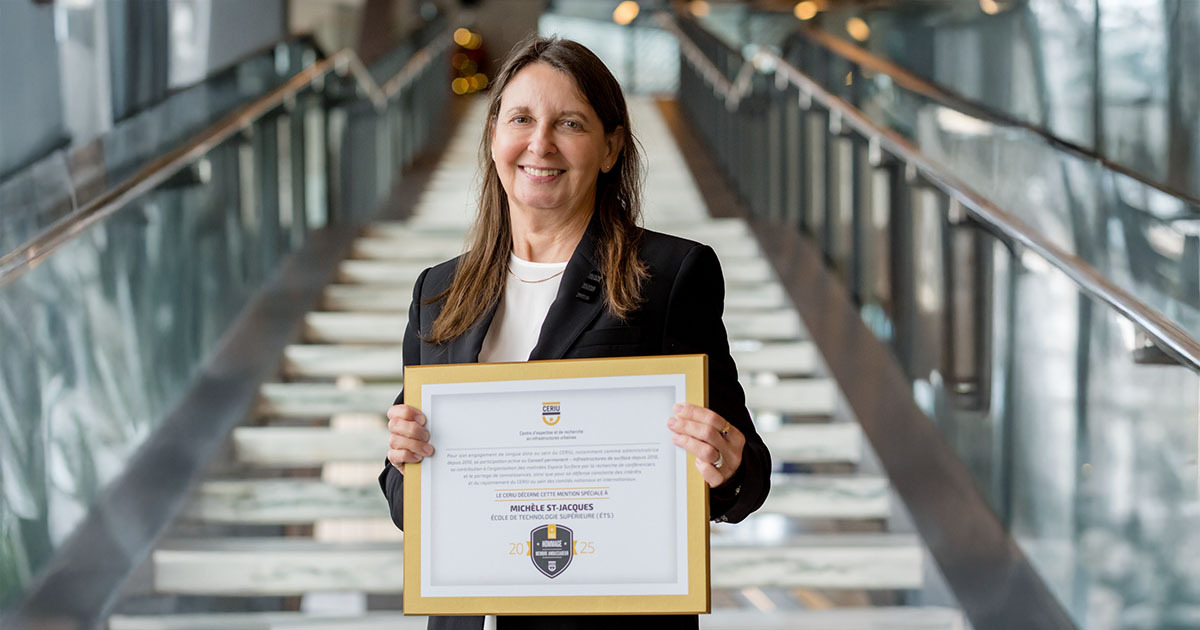
Public contracts are mainly awarded on a design-bid-build basis, where detailed plans and specifications are drafted before construction tendering. Construction is usually awarded to the lowest compliant bidder, who then bears most of the risks of the project.
The limitations of this approach have been widely documented—poor quality, failure to meet deadlines, cost overruns, claims, hostile relations, etc. What if the solution was better collaboration and a better risk distribution? Professor Gabriel Jobidon, from the Department of Construction Engineering at ÉTS, is exploring the legal framework of alternative and collaborative project delivery methods that put greater emphasis on collaboration.
Transactional Versus Relational Contracts
Design-bid-build is the perfect example of a transactional contact. This type of contract:
- Provides no mechanism for mutual planning;
- Encourages parties to be opportunistic and individualistic;
- Allocates risk rather than sharing it;
- Attempts to apply a formal legal solution to any situation.
Simply put, a transactional contract is based on one key consideration: a fixed price that takes into account risks and contingencies for any type of unforeseen event, whether it occurs or not. And this is one of the many price increase drivers generated by such contracts. Moreover, it fails to add value to the State in its mission of ensuring sound management of public funds.
To address these problems and meet the requirements of increasingly complex projects, new delivery methods have emerged. Relational contracts include agreements such as integrated project delivery or alliance. They combine different aspects—evenly distributed power, trust between stakeholders, flexibility in requirements and implementation, mutual planning and joint risk management. Disputes are settled amicably, with the parties agreeing not to sue each other unless in exceptional cases. Risks are shared between stakeholders, all committed to ensuring that the project progresses on schedule and within budget.

Pilot projects using this approach have shown very encouraging results, namely a reduction in turnaround times and costs.
The first contract of this kind in Québec is being set up for the old Dow Building restoration—on the corner of Peel and Notre-Dame—which will become a new building on the ÉTS campus.
More Adaptable and Interactive Tender Calls
Gabriel Jobidon also focuses on the impact of tender calls on sustainability, broadly defined, and adaptations to climate change. How to find the best way to include sustainability in a tender call? Is it in the selection criteria? The technical requirements for plans and specifications? The contract clauses applicable during construction?
Professor Jobidon also established a normative lifecycle for infrastructures. This will help assess the relationships between citizen participation and traditional hierarchical governance at every stage of infrastructure life cycles—land protection, zoning and planning, tender calls, contracts, operation and maintenance, demolition and reuse.

Will There Be a Change in the Construction Industry Culture?
Relationship-type contracts require more upstream work in the project planning stage, and call for a profound culture change. Instead of the traditional way—relying on change orders and the ensuing claims—stakeholders must develop maturity, sophistication and a thorough understanding of these new approaches. They must become familiar with the realities of the various trades and professional service providers to find the best solutions for the project.
This approach has proved successful in the United States, the United Kingdom and Australia. In Québec, we must move away from our difficult past and adopt new ways of doing things that will benefit everyone.



